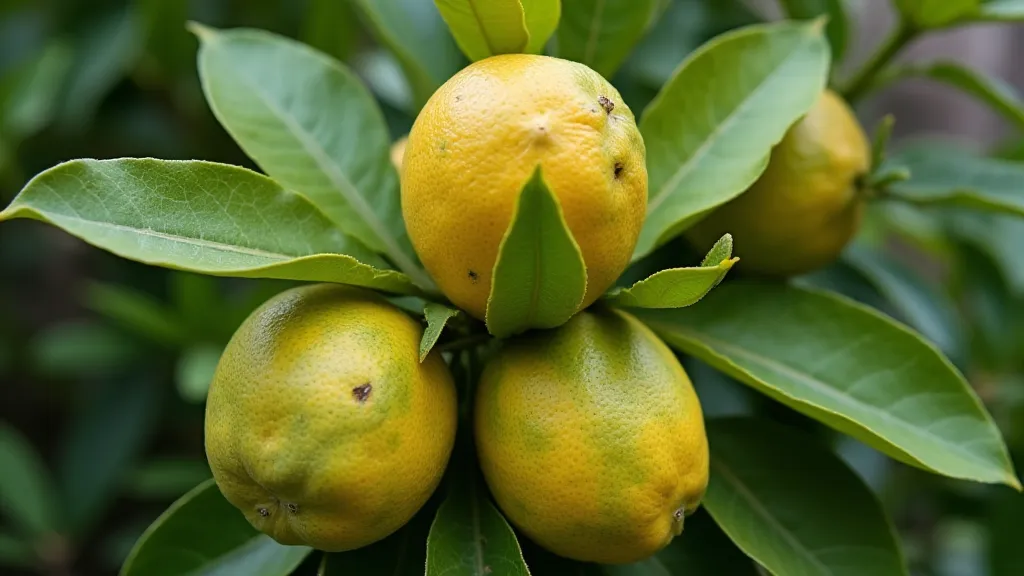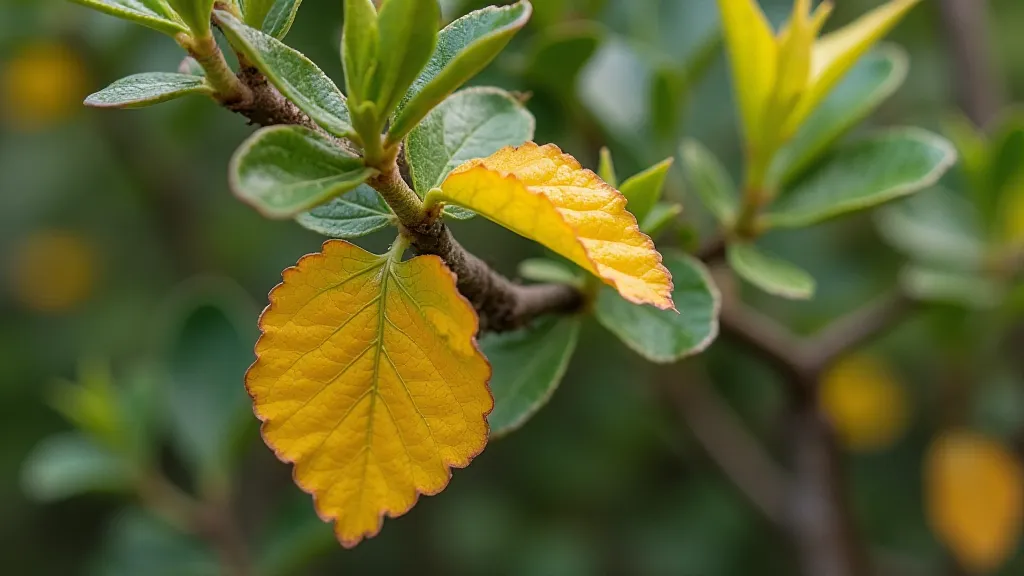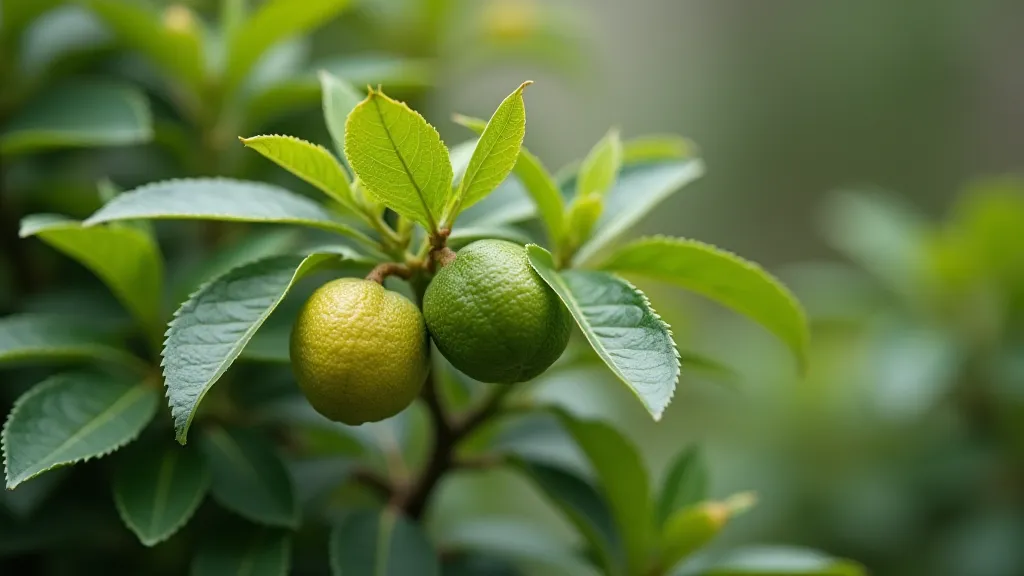Troubleshooting Common Dwarf Citrus Problems
Bringing the sunshine of citrus into your home is a rewarding experience, but it's not always without challenges. Even with diligent care, your dwarf citrus tree can sometimes encounter problems. This guide will help you diagnose and resolve some of the most common issues faced by indoor citrus growers.
1. Yellowing Leaves
Yellowing leaves are a frequent concern, and the cause can vary. Here's a breakdown of possible reasons:
- Nutrient Deficiency: Often, yellowing indicates a lack of essential nutrients. Nitrogen deficiency is particularly common and manifests as general yellowing. Iron deficiency causes yellowing between the veins, while magnesium deficiency can cause similar patterns. Supplementing with a balanced citrus fertilizer can usually resolve this. To ensure your tree is receiving all the necessary nutrients, consider delving into the ultimate guide to watering dwarf citrus trees indoors for the best absorption rates.
- Overwatering/Poor Drainage: Excess water suffocates the roots, hindering nutrient uptake and causing yellowing. Ensure your pot has excellent drainage and allow the top inch of soil to dry out between waterings.
- pH Issues: Citrus trees prefer slightly acidic soil (pH 6.0-7.0). If the pH is too high or low, they can't absorb nutrients properly, leading to yellowing. Test your soil and amend as needed.
- Root Rot: A severe case of overwatering can lead to root rot, which will ultimately cause leaf yellowing. The roots will be brown and mushy. Repotting with fresh, well-draining soil and trimming affected roots may help, but the tree may not recover.

2. Leaf Drop
Sudden or excessive leaf drop can be alarming. Several factors can contribute:
- Environmental Stress: Citrus trees are sensitive to sudden changes in environment. Moving the tree, drafts, extreme temperatures, or low humidity can all trigger leaf drop. Providing consistent and appropriate care, especially during colder months, is crucial. Learn how to best prepare for winter care for indoor dwarf citrus to protect your tree from cold and prevent unnecessary leaf drop.
- Watering Issues: Both overwatering and underwatering can cause leaf drop. Consistent watering is key.
- Pest Infestation: Heavy pest infestations weaken the tree and lead to leaf drop. Inspect your tree regularly for signs of pests.
- Insufficient Light: Citrus trees need a significant amount of light (at least 6 hours of direct sunlight or 2 hours of strong grow lights). Lack of light weakens the tree and causes leaf drop.

3. Slow Growth
If your dwarf citrus tree isn't growing as vigorously as you’d expect, consider the following:
- Insufficient Light: Again, light is crucial. Increase light exposure. Ensuring your tree has the right amount of light is paramount to its health and productivity. Explore light requirements for thriving indoor dwarf citrus trees to make sure you’enumerate>
- Insufficient Light: Again, light is crucial. Increase light exposure.
- Nutrient Deficiency: Consistent feeding with a citrus-specific fertilizer is important.
- Rootbound: As your tree grows, it may become rootbound, meaning its roots have filled the pot. Repot it into a slightly larger container.
- Temperature: Ensure the tree is not exposed to extreme temperatures. Optimal temperatures are between 65-80°F (18-27°C).
- Age: Dwarf citrus trees typically don't produce fruit until they are 2-3 years old.
- Light: Adequate light is essential for flowering and fruiting.
- Pollination: Indoor citrus trees often require hand-pollination. Gently transfer pollen from one flower to another using a small, soft brush.
- Temperature Fluctuations: Significant temperature variations can interfere with flowering.
- Stress: A stressed tree won't produce fruit. Address any underlying problems like pest infestations or nutrient deficiencies.
4. Lack of Fruit
Patience is key when growing citrus indoors! However, if your tree isn't producing fruit, consider these factors:

Choosing the right variety is crucial to successful indoor citrus growing. There are many factors to consider, including size, fruit type, and hardiness. To help you make an informed decision, check out choosing dwarf citrus varieties. This comprehensive guide covers everything you need to know, from the best lemons and limes to the most rewarding oranges and more. Selecting a variety that aligns with your space, experience level, and desired fruit will significantly increase your chances of a thriving and productive indoor citrus tree.
Disclaimer: This guide provides general advice. Diagnosing plant problems can sometimes be challenging. If you’re unsure about the cause of a problem, consult with a local nursery or horticultural expert.





